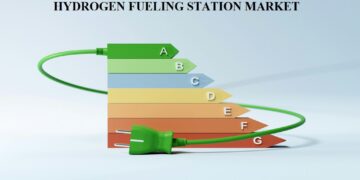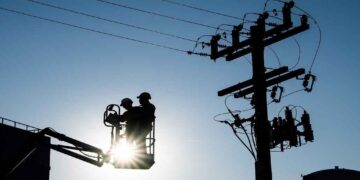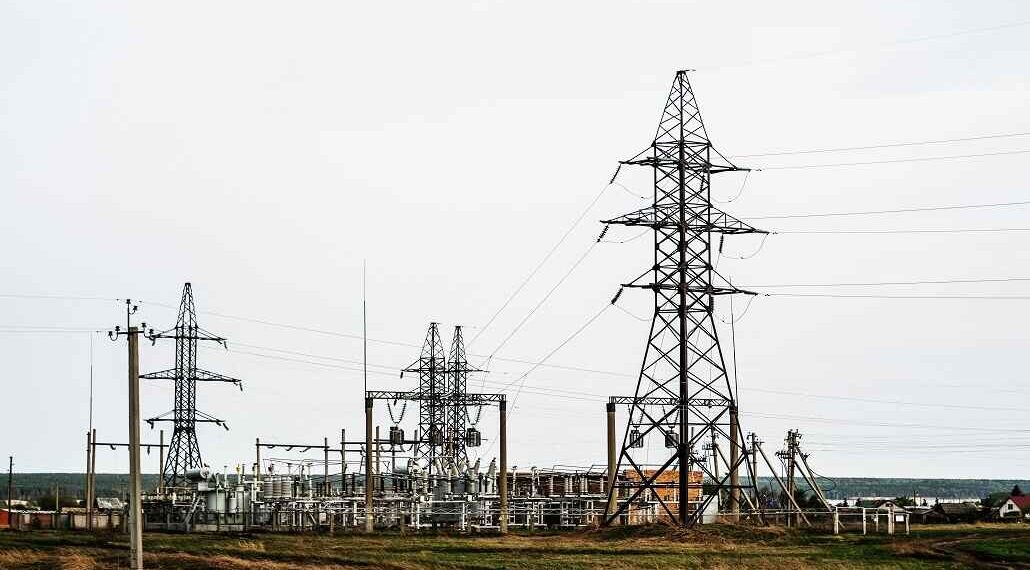Utilities throughout America happen to face unprecedented forces, reshaping how they source critical equipment.
Cyber threats happen to be growing. Tariff policies are making a shift. And the best way to move forward is transparent—build a resilient US supply chain that goes on to deliver dependence, security, and also long-term cost balance.
Supply Chain Risks Utilities Can’t Skip
It is indeed time to be real about what is happening. The fact is that the utility sector stands at a very crucial point where global supply chain risks are urgent threats.
Notably, cyberattacks on US utilities grew by almost 70% in 2024. These attacks go to exploit susceptibility in operational technology, such as SCADA systems, substation automation, and smart grid infrastructure. Due to overseas sourcing, these utilities have unlimited visibility when it comes to potential security risks that are embedded within their supply chains.
At the same time, tariffs happen to be reshaping procurement strategies. Within the US, just around 20% of the transformer demand can be met by domestic supply, as per a Wood Mackenzie report that came out in May 2024. Meanwhile, when we talk of China, the country accounted for the most imported low-voltage transformers, and on the other hand, Canada offered a significant percentage of high-voltage switchgear. Due to new trade restrictions, utilities face growing costs and longer lead times when it comes to essential components.
The urgency is highlighted by the American Society of Civil Engineers’ recent downgrade of the US energy infrastructure to a D+ when it came to their 2025 infrastructure report card. It cited the aging grid system as well as transformer shortage among the major concerns.
Taking care of the energy storage revolution
The exponential growth in battery energy storage systems (BESS) goes on to add another critical dimension to the entire supply chain security. While China at present is dominating the battery cell production market, expanding American manufacturing capacity when it comes to both sales and electronic components is indeed essential for true energy independence.
Notably, the US at present has less than 10% of the global battery cell manufacturing capacity, which is a strategic susceptibility as demand for grid-scale storage picks up. Expansion of the domestic cell production goes on to reduce dependency on an extended supply chain and develops thousands of high-skill manufacturing jobs. The electronic components, meanwhile, that control the systems battery management systems, convergent systems, and energy management systems go on to present an urgent opportunity for the North American suppliers to look into addressing vulnerabilities related to cybersecurity.
It is worth noting that battery cells may not as well pose a direct cybersecurity risk, but securing the supplies is equally important for great reliability. The recent DOE funding goes on to signal recognition of this double imperative—secure both the physical supply chain and the digital control systems.
A Bipartisan Path, Moving Forward
Interestingly, strengthening domestic manufacturing has become one of the few areas where political parties find common ground. The Infrastructure Investment and Jobs Act, the CHIPS Act, and the Inflation Reduction Act all went on to pass with critical bipartisan support in major areas.
This kind of cross-party consensus goes on to recognize that energy security goes beyond political divides—it is about the competitiveness of America, its national security, and also job creation.
It is well to be noted that private fixed investment in US manufacturing almost doubled from 2021 to 2023. For utilities – such as bipartisan initiatives—go on to present a crucial opportunity. Domestic manufacturing happens to mean a shorter supply chain, better quality control, and enhanced cybersecurity protection. Components pertaining to battery sales so as to control systems to build in secure US facilities, utilities go on to gain end-to-end supply chain visibility, significantly reducing any kind of infiltration risks.
Secure by Design, American-Made
Forward-thinking utilities happen to be prioritizing domestic sourcing with major key strategies such as
Zero trust supply chain security : Utilities go ahead and verify every component before rolling them out.
Secure by design manufacturing : US facilities go on to integrate cybersecurity best practices right from the ground up.
AI-powered tracking : AI tracks the supply chain integrity, thereby flagging anomalies when it comes to component sourcing.
Sector-wide partnership- Utilities, policy makers, manufacturers, all get to work together so as to create a resilient and robust US supply chain.
This kind of an approach takes into account bot h battery production as well as electronic components. Major manufacturers such as GE Vernon’s, Schneider Electric, and Honeywell have gone on to endorse the DOE supply chain and cybersecurity principles by way of signaling their commitment to better security measures.
The CTA
The utility leaders have to take proactive steps so as to reshape procurement strategies and, at the same time, strengthen US-based supply chains.
- Conduct an overall cybersecurity risk evaluation on energy infrastructure under NERC CIP–013.
- Support development when it comes to a comprehensive national grid hardening plan as well as transformer inventory as recommended by the ASCE.
- Create a sourcing roadmap that goes into prioritizing domestic manufacturing.
- Push for policies that incentivize US battery cell and control system manufacturing.
Turning the Grid and Nation More Robust
The convergence when it comes to cybersecurity threats as well as shifting trade policies goes on to present both a barrier and an opportunity. Utilities as well as suppliers that happen to prioritize domestic manufacturing, right from battery cells to control systems, will indeed safeguard infrastructure while at the same time contributing to a wider industrial renaissance, which strengthens not only the national security but also creates jobs and thereby results in long-term energy resilience.
The fact is that this is not just about managing risks. It is more about building a better, more robust, secure future for the overall energy sector—one that starts with the American-made components at the heart of the evolving grid.





































